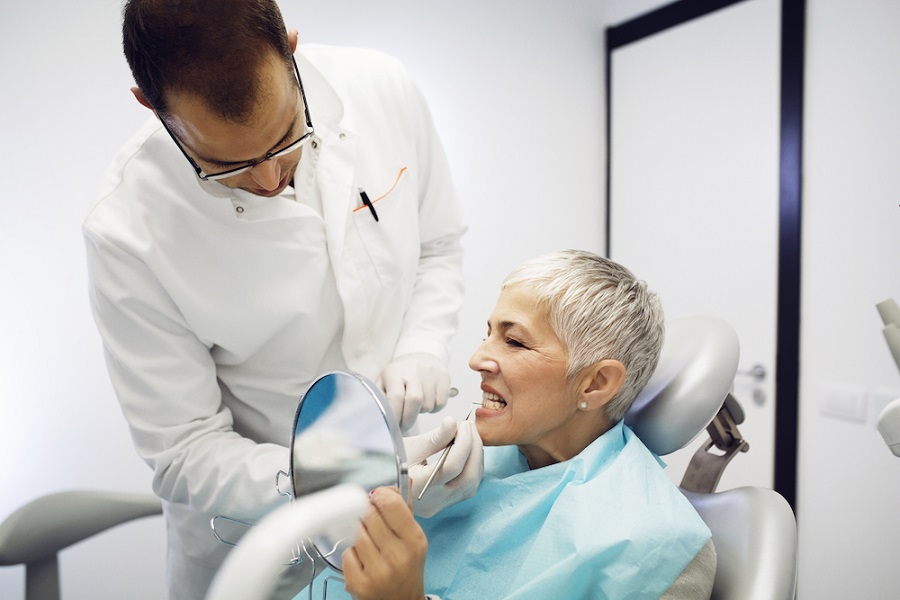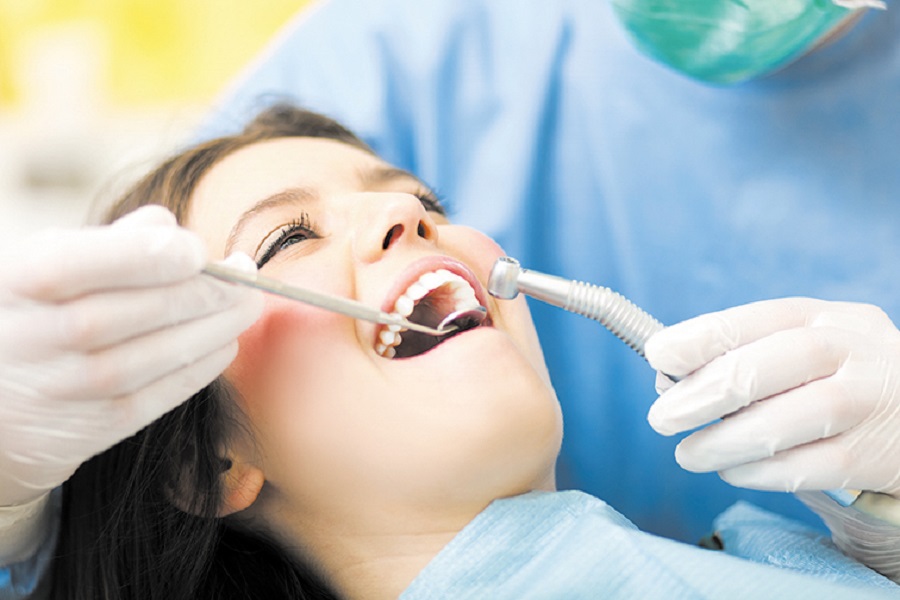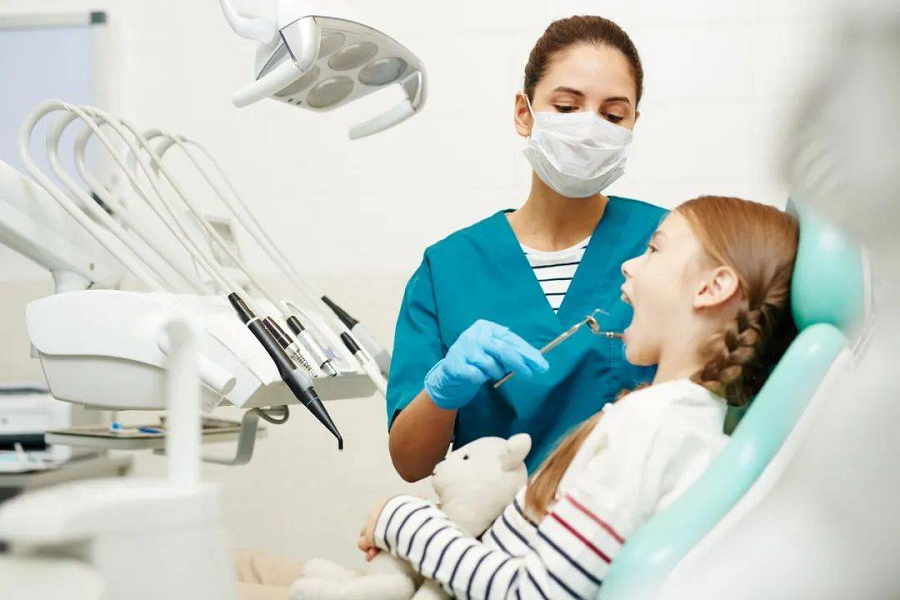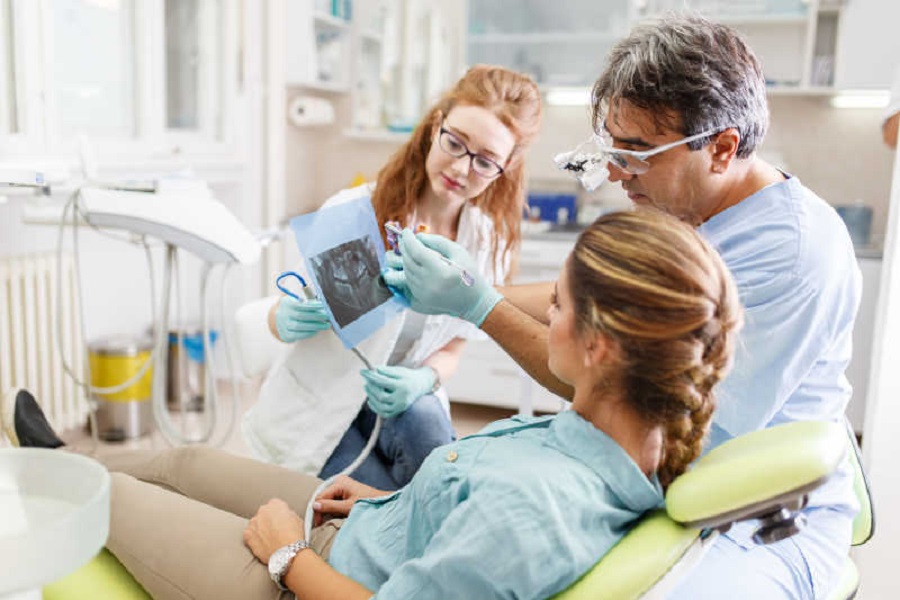Most mouth protrusions are caused by the forward protrusion of the bones, including the teeth. We call it a protruding mouth or gum disease. So what are the symptoms of chin retraction caused by mouth protrusion? 1. The mandible is retracted, the maxillary position is basically normal, the anterior teeth are deeply covered, the upper anterior teeth are obviously inclined, the lower anterior teeth are bit high on the lingual protrusion of the upper anterior teeth or the palatal mucosa, and the lower lip is attached to the tongue of the upper anterior teeth The occlusal relationship of the posterior teeth is the distal occlusion. 2. The mandible is retracted, and the front teeth are deeply overbited. The upper anterior teeth lingually bite on the labial gums of the lower anterior teeth, the lower anterior teeth bite on the upper palate mucosa, and the occlusal relationship of the posterior teeth is a distal occlusion. 3. The mandible is retracted, the lower dental arch is smaller than the upper dental arch, the lower 1/3 of the face is shortened, and the mandible is more retracted in side view. How do I know if I need mouth protrusion treatment? Surgical orthodontics is suitable for the following mouth convexity treatment: Mouth convexity plastic is suitable for pressing the back of the ruler on the nose and chin, and the lips touching the back of the ruler belongs to the phenomenon of mouth protrusion. Those whose upper and lower teeth protrude outwards and whose lips look thick; when laughing, those whose gums protrude outwards and need to cover their mouths to laugh; their mouths will open automatically, and when they consciously close their mouths, their chin will be obvious Wrinkles appear; I feel that my chin is very short; when I sleep, my mouth will automatically open, and when I wake up the next day, my mouth will feel dry. Mouth convexity surgery is an operation to correct the upper and lower jaws to the correct position, so that the alveolar bone is no longer protruded, thereby improving the mouth convexity. Before surgical orthodontics, the bone three-dimensional CT system was used to measure the ratio of the facial width ratio and the bone width ratio in various aspects. Anatomical landmarks can accurately improve facial contours, and use preoperative 3D simulation software to accurately design postoperative effects. The surgery adopts a minimally invasive method to precisely open the alveolar bone, without cutting the mucosa and blood vessels, and safely and quickly adjust the occlusal relationship of the teeth after surgery. Because the alveolar bone has the characteristics of cancellous bone, good blood supply, fast healing, and no junction after healing, compared with the traditional orthodontic surgery, opening the supporting bone (compact bone, poor blood supply, slow healing, and joint after healing) marks), with less risk and better results. One thing to pay attention to when correcting mouth convexity, that is, it must be an adult who has received mouth convexity surgery to have a perfect effect. If it is a minor who has mouth protrusion surgery, it is very likely to have side effects, because it is difficult to predict the changes in bones and muscles, so try to avoid premature mouth protrusion surgery.
Advertisements
How to treat chin retraction caused by mouth protrusion?
Advertisements
Related Posts
Popular Articles
How Can I Get Super White Teeth Fast?
One of the quickest ways to achieve super white teeth is through in - office professional teeth whitening performed by...
Latest Posts
Tags
alveolar bone bad breath black teeth bleeding gums cold light whitening crooked teeth cure dental care dental implant dental implants Dental Insurance dentures discolored teeth disease gingivitis Gum Disease misaligned teeth oral disease orthodontic orthodontic care orthodontics orthodontic treatment periodontal disease periodontitis permanent teeth porcelain teeth teeth teeth cleaning teeth white teeth whitening teeth whitening methods Teeth Whitening Strips tooth tooth decay tooth extraction tooth filling ultrasonic cleaning underbite whitening whitening toothpaste white teeth wisdom teeth wisdom teeth extraction wisdom tooth yellow teeth

Panda Oral – oral and dental health consultants around you, providing orthodontic, tooth whitening, dental implants, scaling, filling, extraction, dental implants, dental caries, wisdom teeth, bad breath, bleeding gums, oral ulcers, periodontal disease for patients with dental diseases It can help you solve oral problems easily.【Contact us: [email protected]】
Recent News
Copyright © 2023 PANDA ORAL - Oral_Oral health_oral hygiene_oral care_dental health_dental oral surgery





























